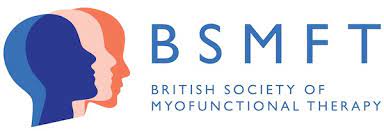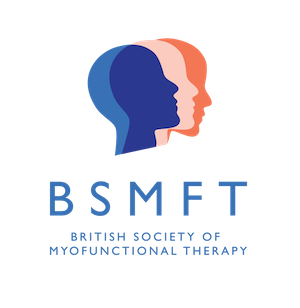
Myofunctional Therapy
What is Orofacial Myofunctional Therapy(OMT)?
OMT is the “neuromuscular re-education or re-patterning of the orofacial muscles.” This therapy includes facial and tongue exercises and behavior modification techniques to promote proper tongue position, improved breathing, chewing, and swallowing.
Orofacial Myofunctional Disorders (OMDs) are disorders of the muscles and functions of the face and mouth. OMDs can affect, directly and/or indirectly, breastfeeding, facial skeletal growth, and development, chewing, swallowing, speech, occlusion, TMJ movement, dental hygiene, the stability of orthodontic treatment, facial aesthetics, and more.
Most OMDs originate with insufficient habitual nasal breathing or with oral breathing. The subsequent adaptation of the muscles and the oral and facial functions to a disordered breathing pattern creates many OMDs.
Orofacial Myofunctional Disorders can impact treatments by orthodontists, dentists, dental hygienists, speech-language therapist and other professionals working in the orofacial area.
“Orofacial Myology is postgraduate training for Dental Care Professionals (Dental Hygienist and Therapists, Dentists, Orthodontic Therapists, Dental Nurses) and Speech and Language Therapists. In the UK these are the only healthcare professionals with the skill set, knowledge of the head and neck, and remit to train in this field and provide this specialist treatment.
Note: Dental Nurses trained in Orofacial Myology will be able to assist with the provision of the therapy only. OMD s diagnostics and treatment planning are reserved for those Orofacial Myology practitioners who have diagnostics and treatment planning of the stomatognathic system within their scope of practice.
Other Health care professionals may be able to take familiarisation training in the subject to enhance referral pathways and provide patient information.”

